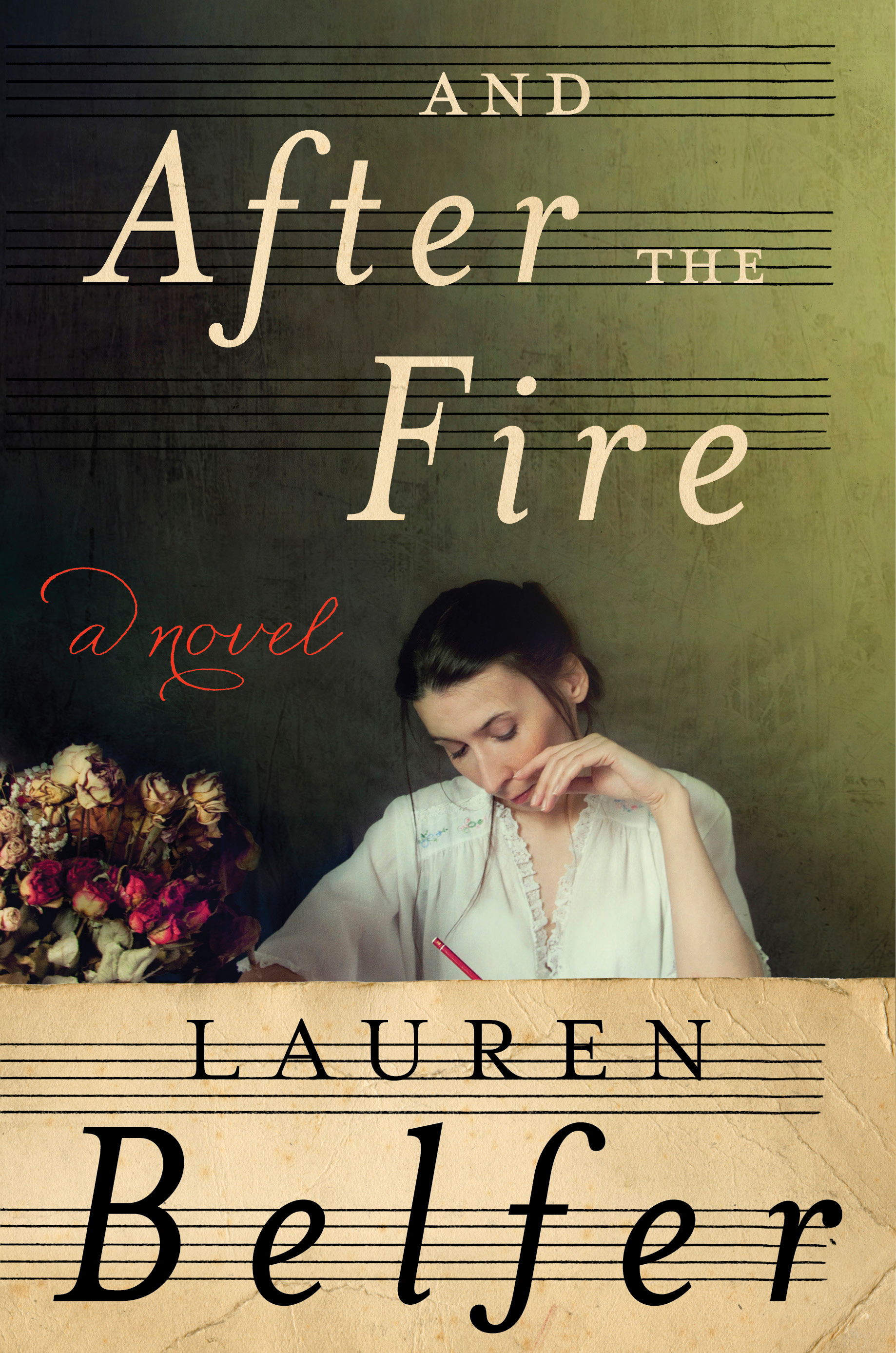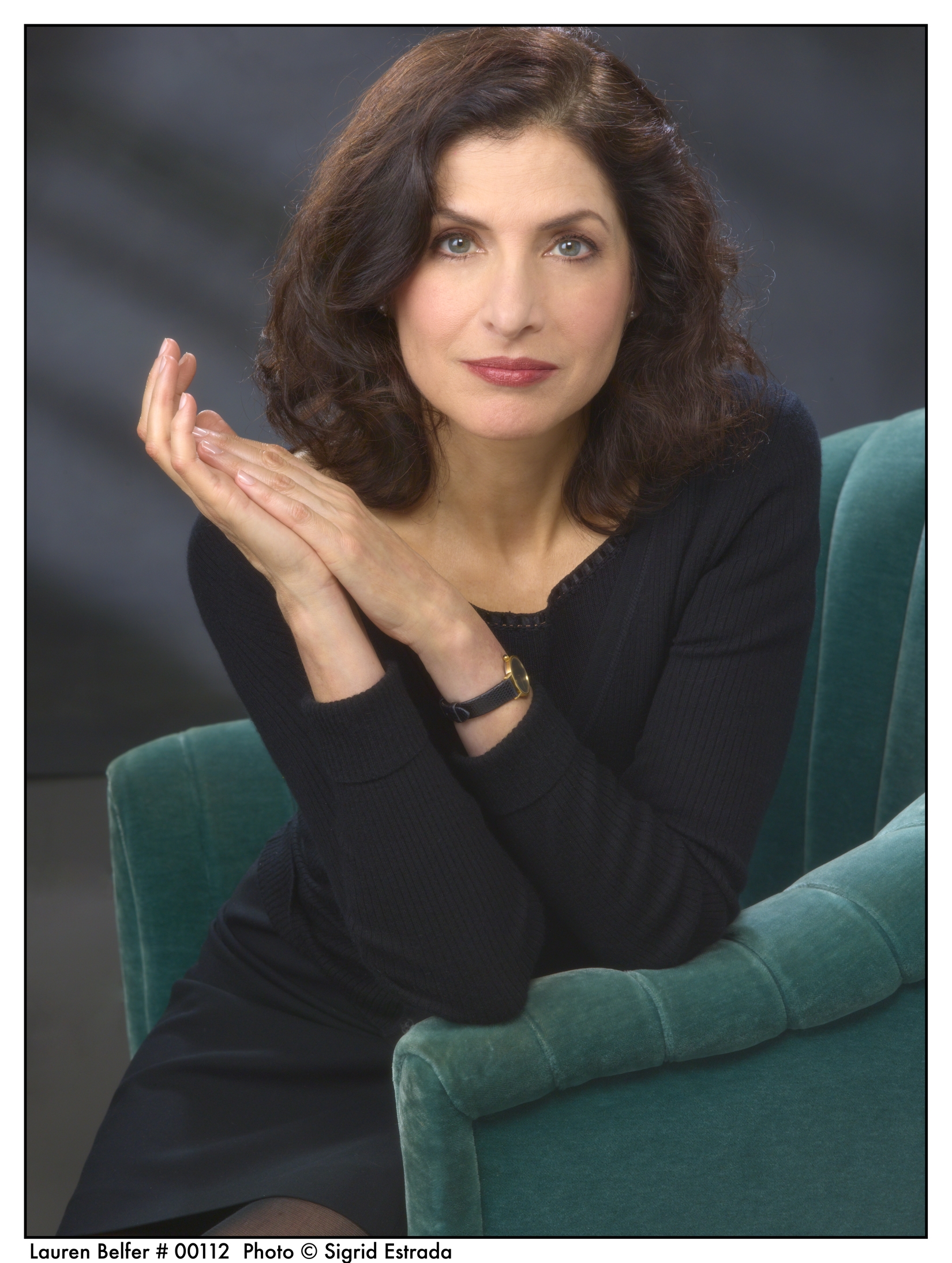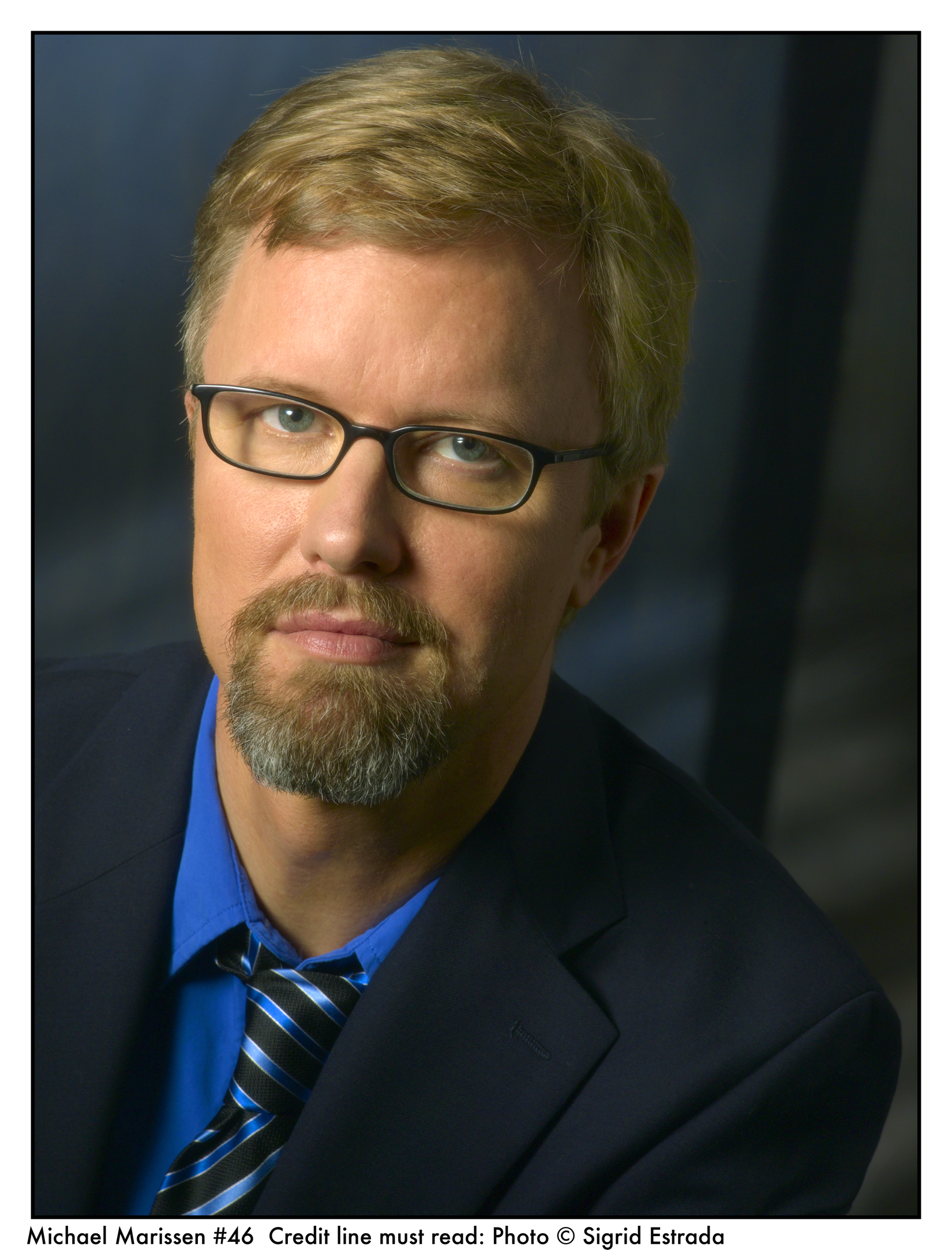Ed. Note: For a very special post, I’m delighted to turn over the reins to New York Times Bestselling Author, Lauren Belfer, who shares the story of her new novel, And After the Fire, written with musicological assistance from her husband, longtime friend of the Choir, Michael Marissen. This exciting new work should be of particular interest to the Bach Choir family, of which Michael and Lauren are most esteemed members!

Many of my fondest Bach-related memories concern traveling to Bethlehem with my husband, Michael Marissen, long-time Festival lecturer, for his Friday afternoon presentations. Not only were his lectures fascinating and fun (I’m a person renowned for my objectivity), but of course we stayed the weekend, attending Festival luncheons and dinners, concerts, and intimate chamber recitals amid the evocative and historic Moravian architecture of Bethlehem. We basked in the wondrous atmosphere created by passionate lovers of the music of Johann Sebastian Bach gathered en masse, complete with ardent discussions of Bach’s music into the wee hours of the morning. Or until at least 10pm.
I tried to bring the passion for Bach that I discovered in Bethlehem into my new novel, And After the Fire (HarperCollins, May 2016).

The novel opens when an American soldier finds a mysterious music manuscript in the ruins of Germany at the end of World War II. Then the story shifts to present-day America, where he bequeaths the manuscript and its mysteries to his niece, Susanna Kessler.
Susanna’s investigations into the manuscript’s history led me back in time to a remarkable real-life woman who became a character in the novel: Sara Itzig Levy, of Berlin. She was born in 1761 and lived for ninety-three years, until 1854. Sara and her family members collected Bach manuscripts. Festival friend Professor Christoph Wolff has reported on a veritable Bach “cult” existing in the Itzig family. Sara was a brilliant harpsichordist and the only Berlin student of J.S. Bach’s eldest son, Wilhelm Friedemann Bach. She organized a musical salon that brought together the cultural leaders of her day. Sara was also the great-aunt of the composers Felix Mendelssohn and Fanny Mendelssohn Hensel, both of whom became central figures in my novel.
During the course of And After the Fire, the manuscript is proven to be an authentic, unknown cantata by J.S. Bach, and its libretto turns out to be ethically problematic. Susanna Kessler must decide what to do with this authentic Bach autograph, whether to make it public, conceal it, or even destroy it. In writing the novel, I wanted to explore how a great work of art can be exalting and horrifying all at once.
And After the Fire was inspired by Michael’s scholarly work, and the novel is dedicated to him. He and I worked together closely to create the fictional masterpiece at the center of the novel, making certain, step by step, that it was plausible in every detail. My fictional cantata may not be real, but I wouldn’t be entirely surprised if a scholar some day unearthed a lost choral masterpiece that was quite similar – that’s how close to reality my fictional choral work is, thanks to Michael.

I’m not a musicologist, however, and to begin, Michael did the tough job of writing the fictional cantata’s libretto, recreating the 18th-century rhyming German of Bach’s works. Regarding the libretto’s meaning, and its Biblical allusions, Michael’s efforts were abetted by Cantatas 18, 42, 44, and 126. Then, he visualized (or the aural equivalent thereof) the cantata’s music. For the fictional scholars involved in examining the manuscript in the novel, the music itself is a crucial element in proving its authenticity. Michael provided the description of the first episode of the piece as “an extended augmentation canon in contrary motion, set in the dense, chromatic, baroque harmonic language of … Johann Sebastian Bach.”
I was able to be more involved with imagining the physical characteristics of the manuscript. Through Michael’s connections, we spent an afternoon studying an actual original composing score of Bach’s. This was an extraordinary and deeply moving experience: to touch the very paper that Bach had touched; to see the corrections he made to his work, the cross-outs, the ink blots and smudges, the small musical sketches Bach made at the bottom of pages to remind him of what he wanted to write at the top of the turned side of the page after the ink on the front had dried, and the Tintenfrass – the bleeding through of the iron gall ink over time, creating mirror images on the opposite side of the paper. I tried to give my own sense of awe to my character Susanna Kessler, as she examined the realistic, albeit fictional, manuscript her uncle bequeathed to her. Finally, Michael and I chose a watermark for our fictional manuscript, one that linked the autograph to a specific moment in Bach’s composing life.
As I completed And After the Fire, Michael was finishing his new book, Bach & God (Oxford University Press, published in May 2016), a collection of essays on the role of religion in Bach’s music. Several of the chapters jump off from lectures that Michael gave for the Bethlehem Bach Festival. As we read multiple drafts of each other’s work, suggesting revisions along the way, we saw that the themes of the two books overlap in surprising ways – as we hope you’ll discover when you read them!
Michael and I are grateful for the opportunity to share our new books with the dedicated audience of the Bethlehem Bach Festival. I’m especially happy to see that the Festival’s Friday evening concert includes one of my favorite cantatas, which is also pivotal in the novel: Cantata 100, Was Gott tut, daß ist wohlgetan.











































One thought on “Guest Post: Creating a (Fictional) Cantata By Johann Sebastian Bach”